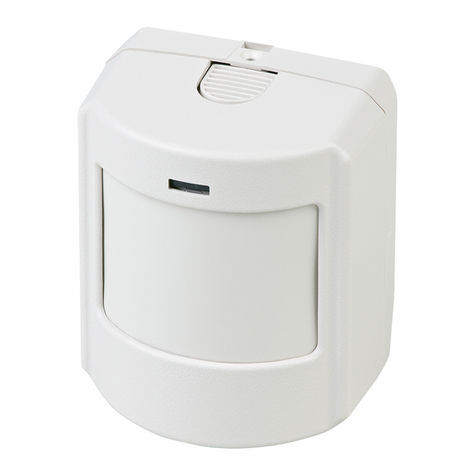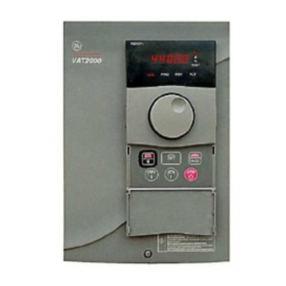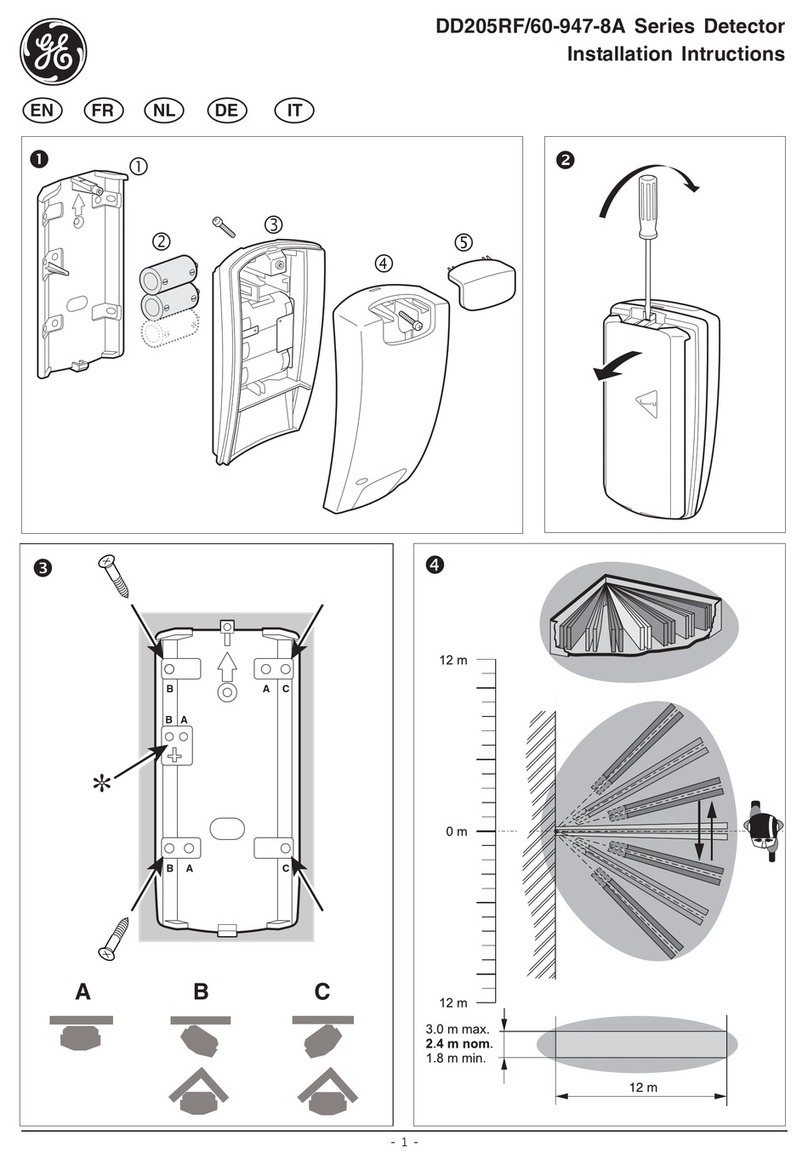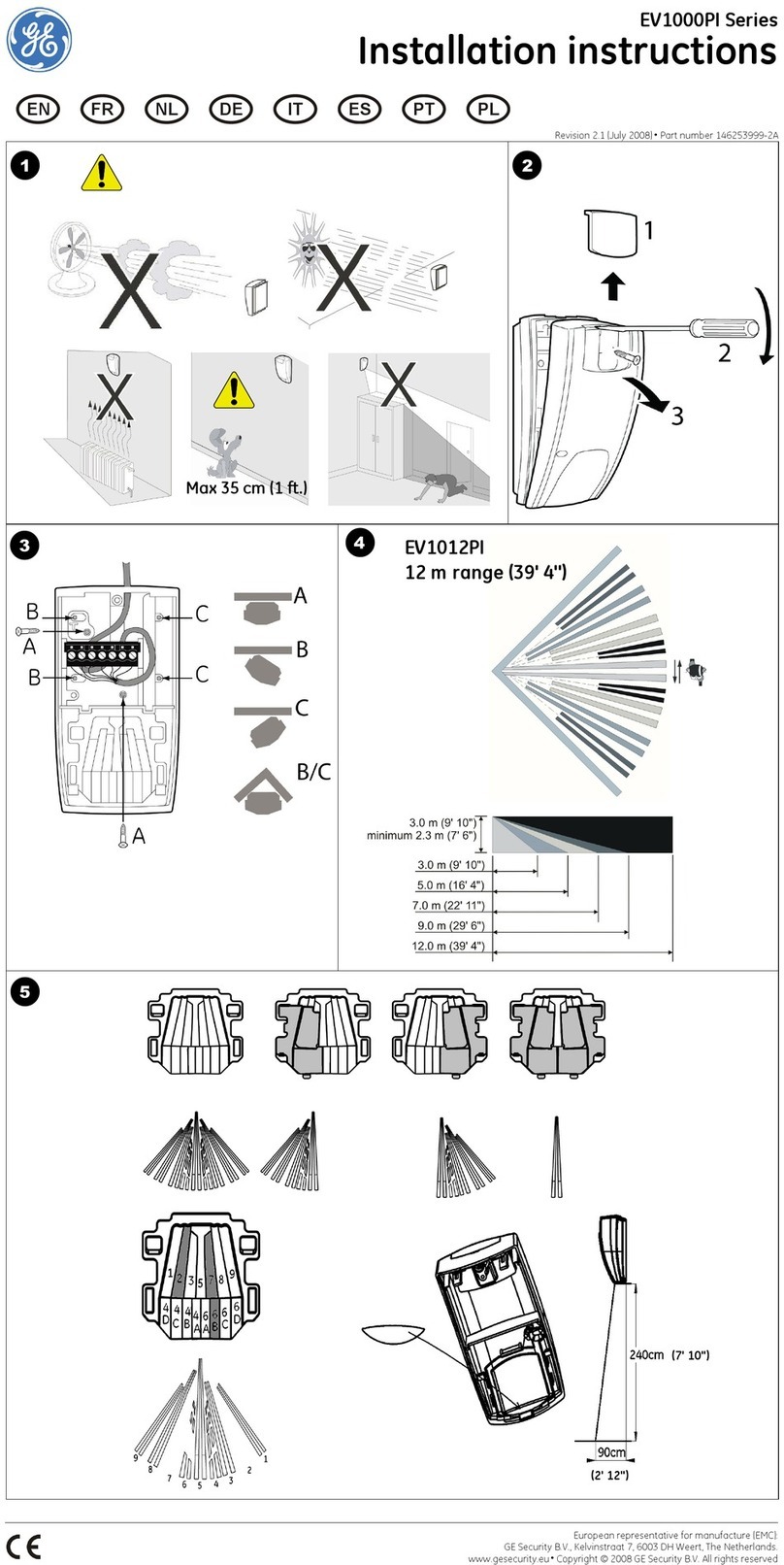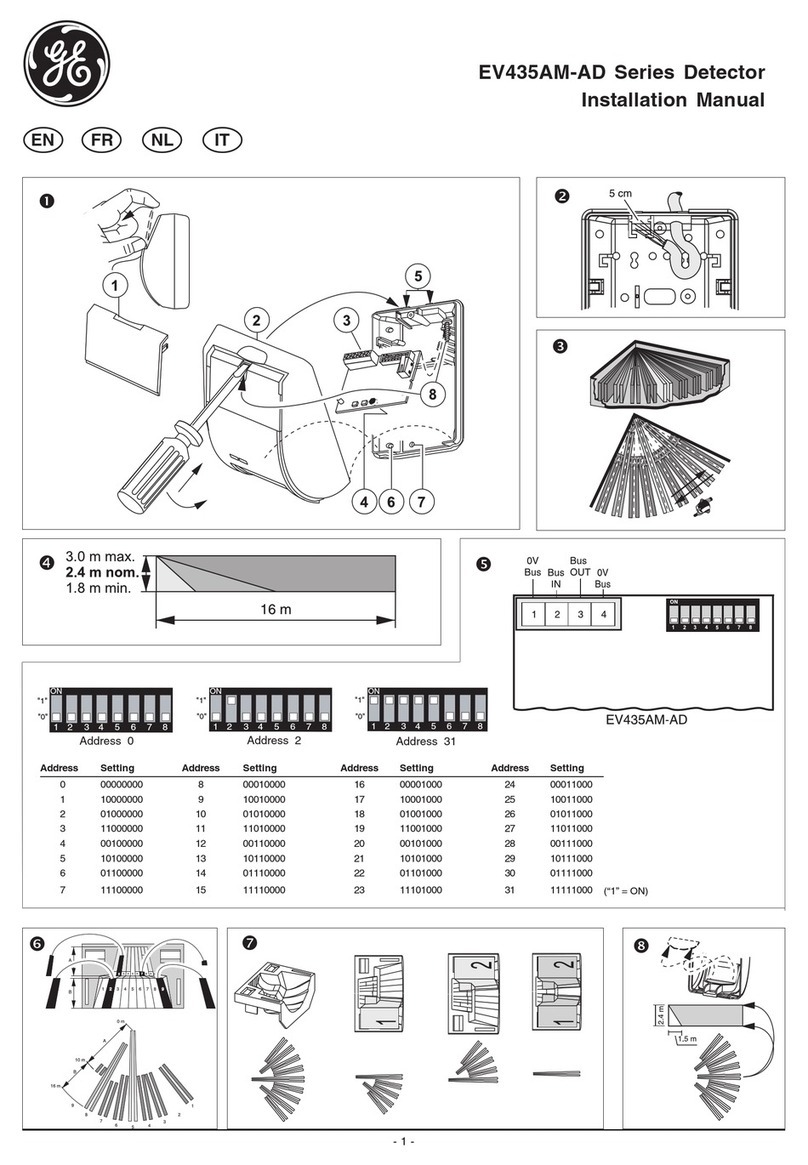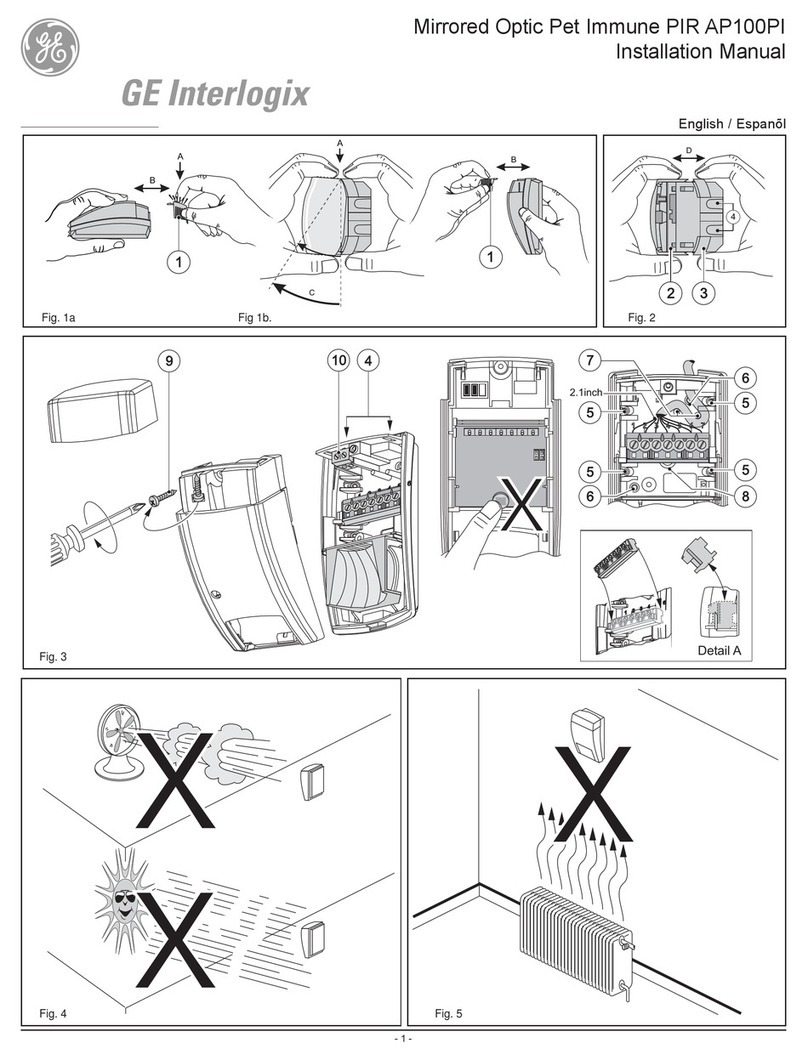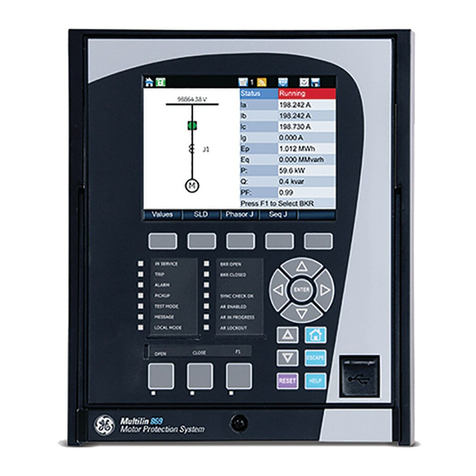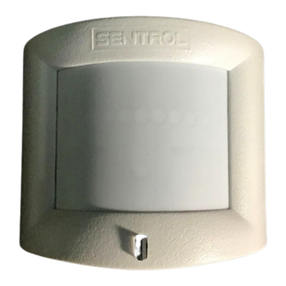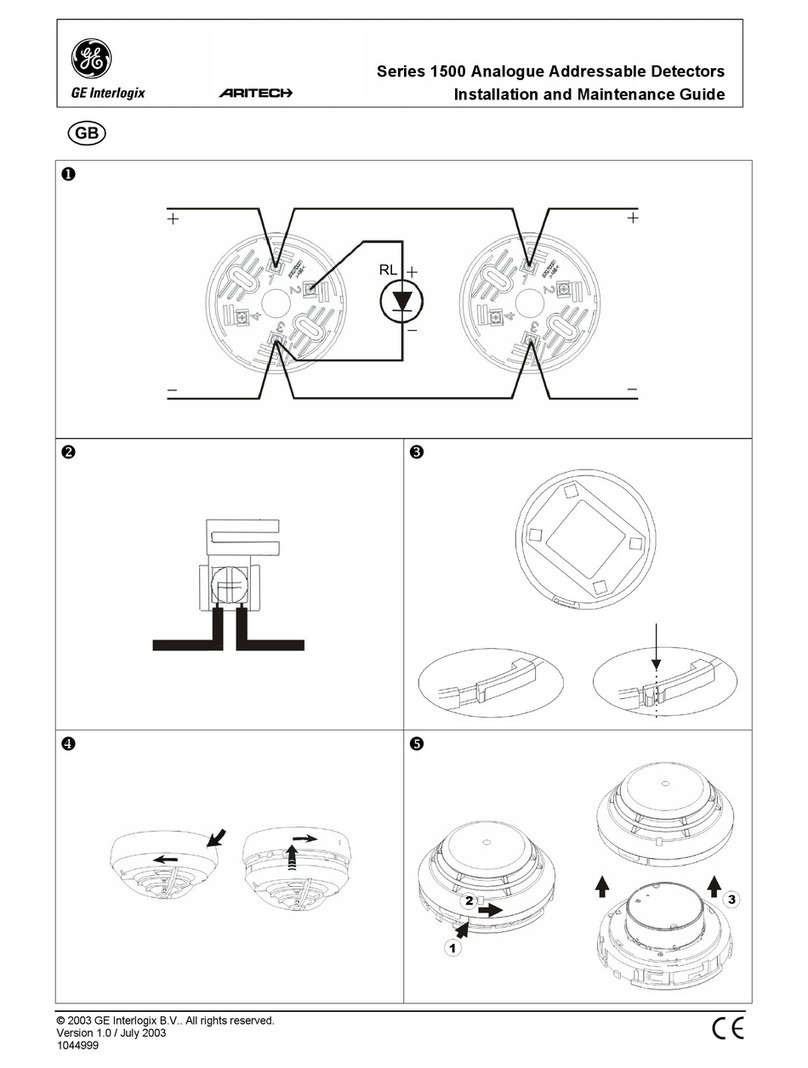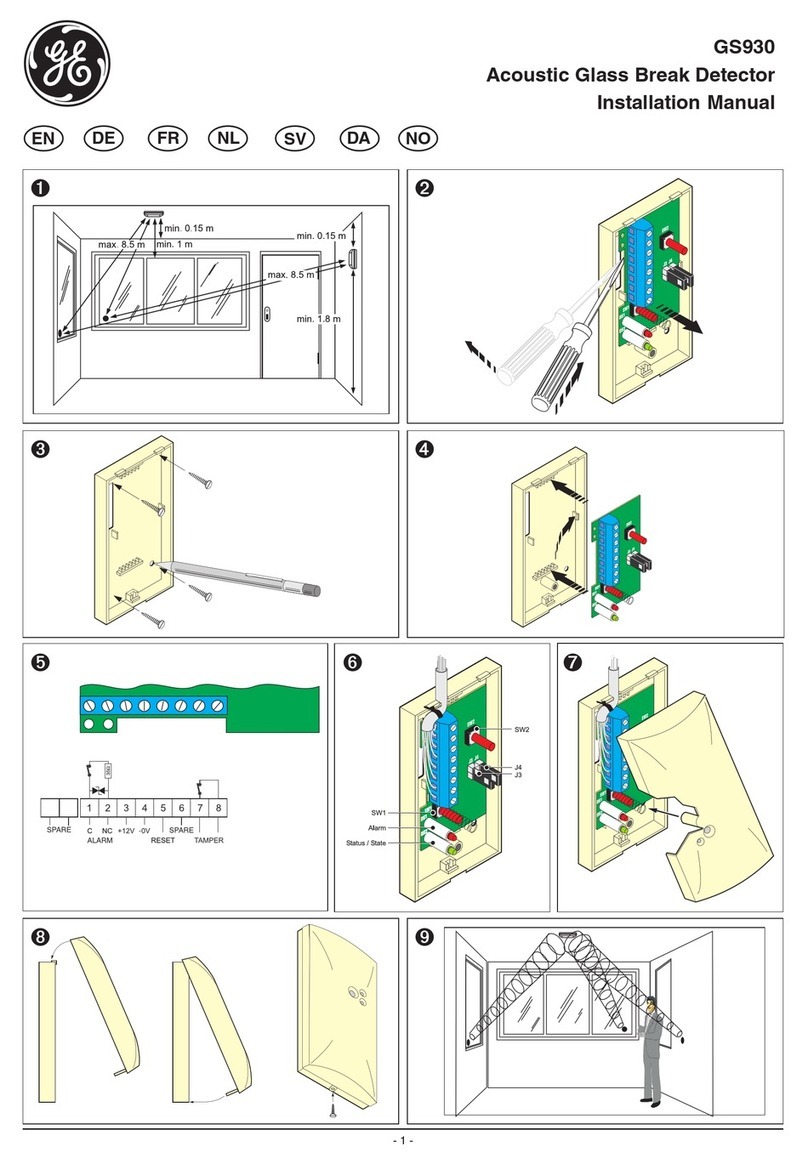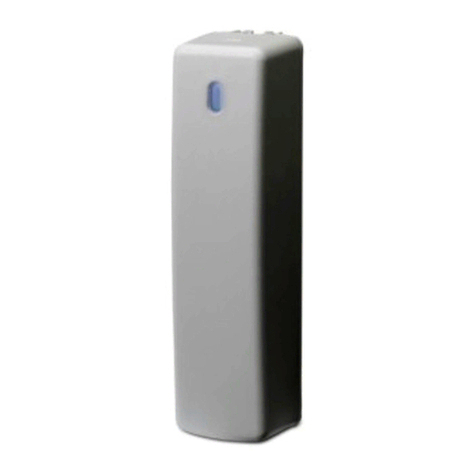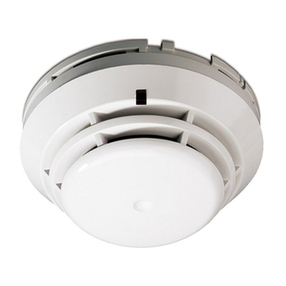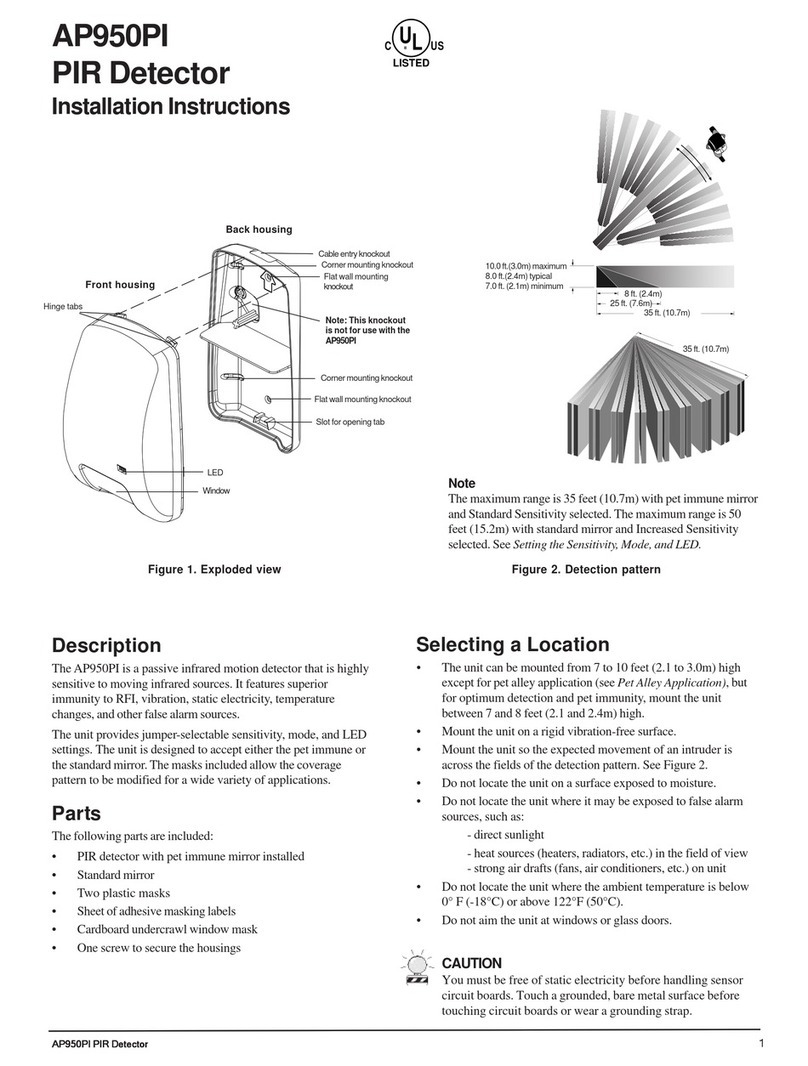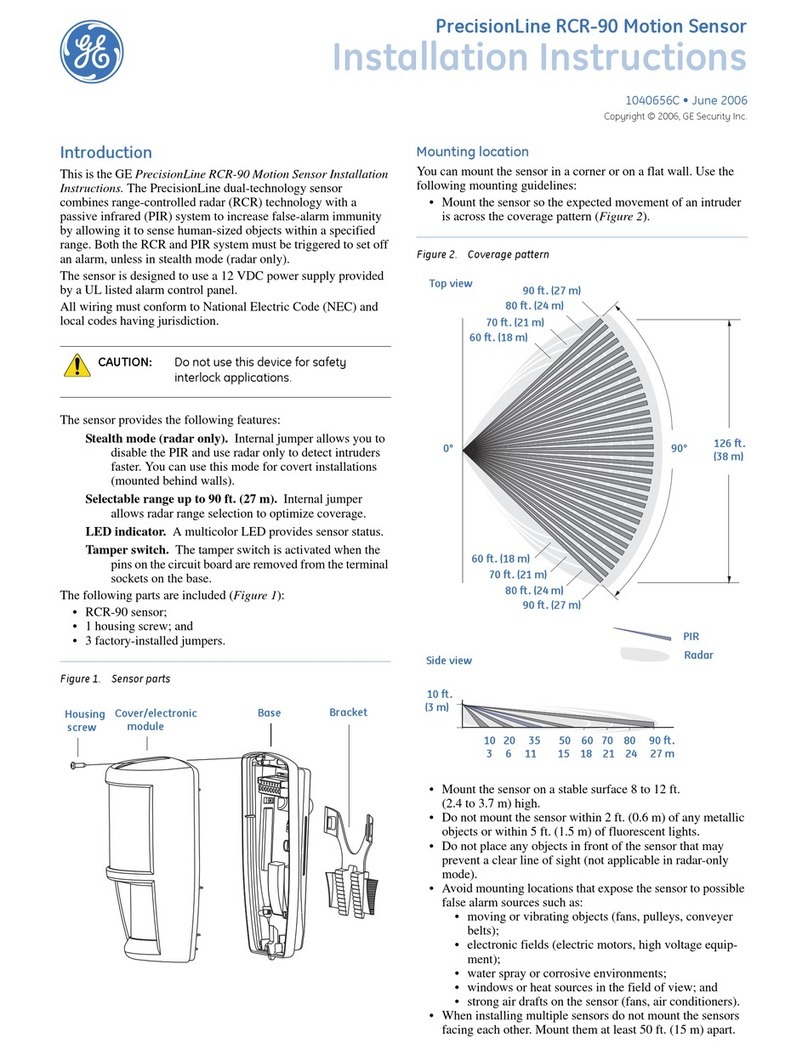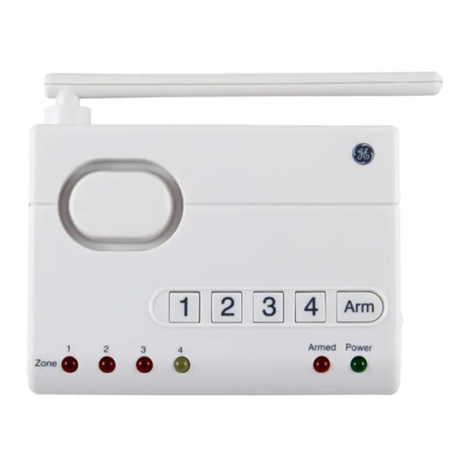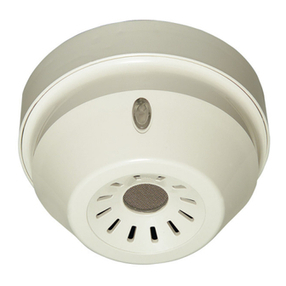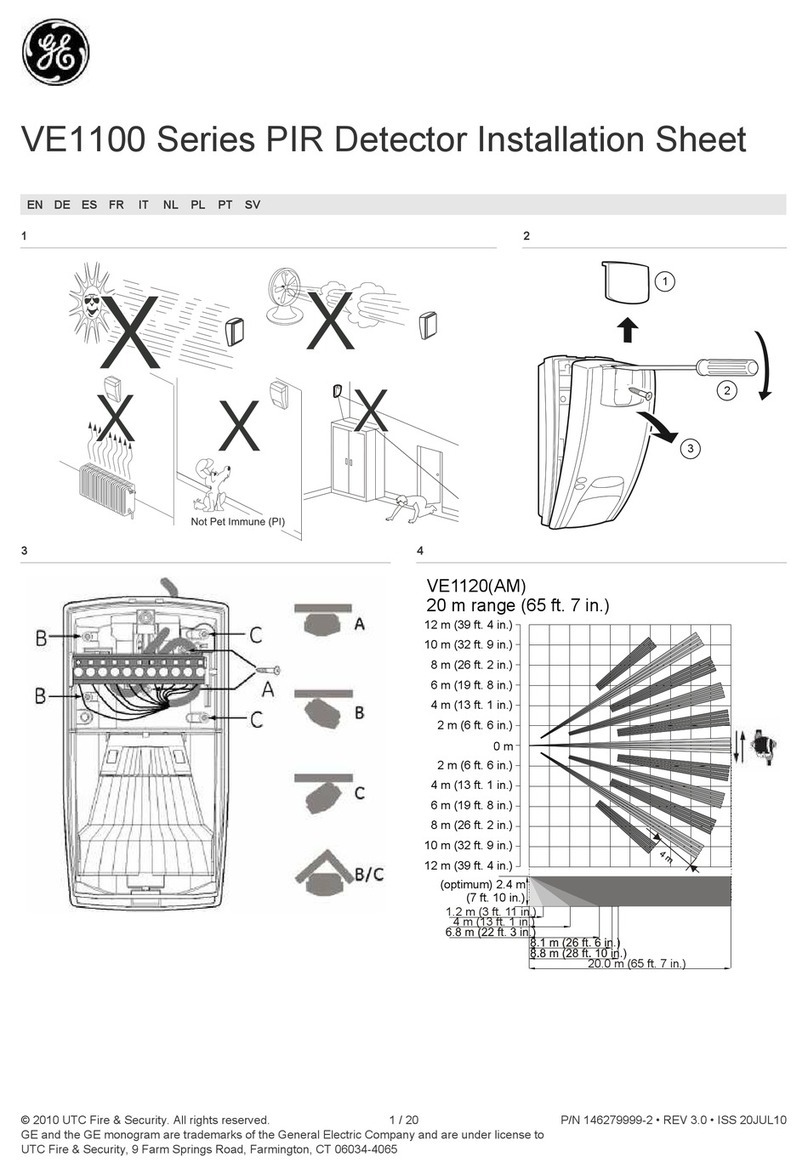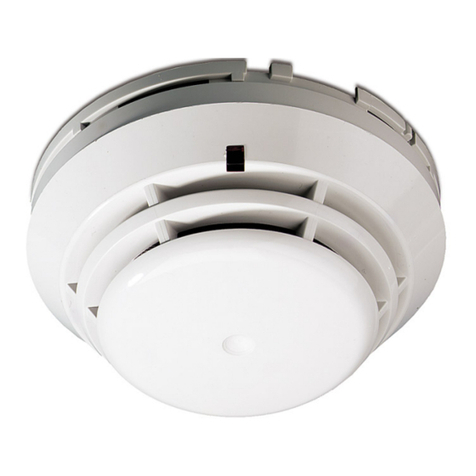
VE1016-D VE1016AM-D
Normale Stromaufnahme 5,5 mA 10 mA
Stromaufnahme bei Alarm 1,1 mA 3,8 mA
Maximale Stromaufnahme 11 mA 24 mA
Montagehöhe Min. 1.8 m, max. 3.0 m
Erfassungs-
geschwindigkeitsbereich
20 cm/Sek. bis
3 m/Sek.
10 cm/Sek. bis
4 m/Sek.
Eigenschaften Alarm- (NC) /
Sabotagerelais
80 mA, 30 VDC 80 mA, 30 VDC
Notschalter für
Gehäuseöffnung
Optional Intern (Ja)
Eigenschaften AM-Relais — 80 mA bei 30 V
Gleichspannung
max.
Alarmdauer 3 Sek.
Betriebstemperatur −10°C bis +55°C (14°F bis 130°F)
Abmessungen (H x B x T) 108 × 60 × 46 mm
Relative Luftfeuchtigkeit Max. 95 %
Gewicht 120 g 128 g
IP/IK-Einstufung IP30 IK02
Hinweise für VdS-Installationen
In VdS-Installationen muß ein VdS-Plombiersiegel über den
Deckel und den Meldersockel geklebt werden.
Die VdSPlombiersiegel können unter der Bestellnummer
Aritech VS00 (50 Siegel pro Blatt) bestellt werden.
Zertifizierung und Einhaltung
Hersteller UTC Fire & Security Americas Corporation, Inc.
1275 Red Fox Rd., Arden Hills, MN 55112-6943, USA
Autorisierter EU-Herstellungsrepräsentant:
UTC Fire & Security B.V.
Kelvinstraat 7, 6003 DH Weert, Niederlande
Zertifizierung
2002/96/EC (WEEE): Produkte die mit diesem Symbol
gekennzeichnet sind, dürfen nicht als unsortierter
städtischer Abfall in der europäischen Union entsorgt
werden. Für die korrekte Wiederverwertung bringen
Sie dieses Produkt zu Ihrem lokalen Lieferanten nach
dem Kauf der gleichwertigen neuen Ausrüstung
zurück, oder entsorgen Sie das Produkt an den
gekennzeichneten Sammelstellen. Weitere
Informationen hierzu finden Sie auf der folgenden
Website: www.recyclethis.info.
Kontaktinformation
Kontaktinformationen erhalten Sie von unserer Webseite:
utcfireandsecurity.com.
ES: Instrucciones de instalación
Introducción
La gama VE1016/1016AM está fabricada con sensores de
movimiento PIR/PIR-AM. Cuentan con tecnología patentada
de espejos, sensores piroeléctricos y procesamiento de la
señal.
Instrucciones para la instalación
La tecnología utilizada en estos detectores resiste riesgos de
falsas alarmas. Sin embargo, debe evitar posibles causas de
inestabilidad, como por ejemplo (consulte la figura 1):
• Luz solar directa en el detector
• Fuertes corrientes de aire sobre el detector
• Fuentes de calor dentro del campo de visión del detector
• Animales de gran tamaño dentro del campo de visión del
detector
• Oscurecer el campo de visión del detector con objetos de
gran tamaño, como por ejemplo mobiliario
• Objetos a menos de 50 cm del detector antimáscara (AM).
• Instalar dos detectores uno en frente del otro a menos de
50 cm de distancia
Instalación del detector
Figura 7 elementos
Elemento Descripción
1. Conexión estandar (Valores por defecto)
2. Conexión Doble resistencia
CP Panel de control
WT Prueba de paseo
AM Antimáscara
D/N Día/Noche
Rtest Prueba remota
Instalación del detector:
1. Levante la tapa de la carcasa retire el tornillo (consulte la
figura 2, paso 1).
2. Usando un destornillador, abra el detector con cuidado
(consulte la figura 2, pasos 2 y 3).
3. Fije la base a la pared a una altura de entre 1,8 m y 3 m
del suelo. Para montaje plano utilice un mínimo de dos
tornillos (DIN 7998) en las posiciones A. Para los
montajes en esquinas los tornillos tienen que colocarse en
las posiciones B o C (figura 4). Para instalar un tamper de
pared, utilice las posiciones A o B.
4. Conecte los cables del detector (consulte las figuras 4
y 7).
5. Seleccione la configuración de puente e interruptor DIP
que desee (consulte la figura 3). Consulte la sección
“Configuración de puentes” más adelante para obtener
más información.
6. Retire las máscaras y pegue las etiquetas si es necesario
(consulte la figura 6 como ejemplo).
7. Para aplicaciones de montaje en el techo que precisen de
una cobertura de 90º utilice el soporte de montaje giratorio
SB01.
8. Cierre la carcasa.
9. Ponga el tornillo en su sitio y vuelva a colocar la tapa de la
carcasa.
Para instalaciones EN 50131 grado 3, no utilice la posición C
de montaje.
Configuración de puentes
Consulte la figura 3 para saber dónde están situados los
puentes en el detector.
J1: No se utiliza
P/N 146278999-2 • REV 2.0 • ISS 20JUL10 7 / 20


